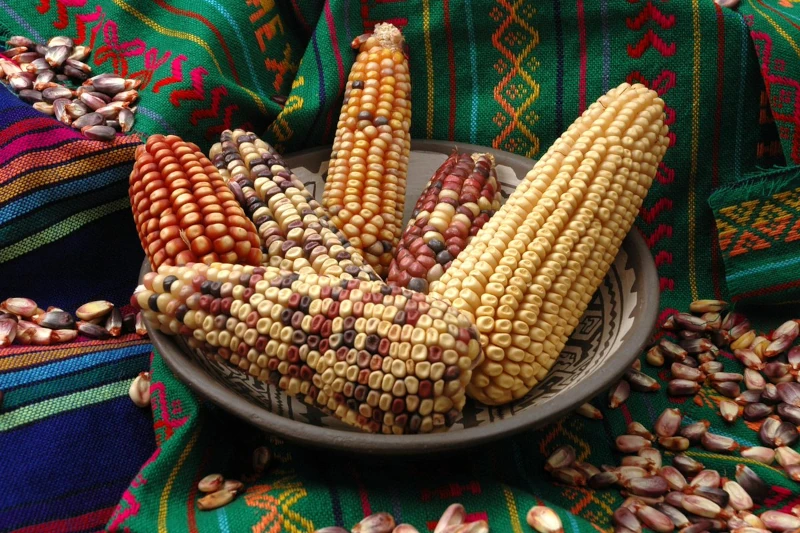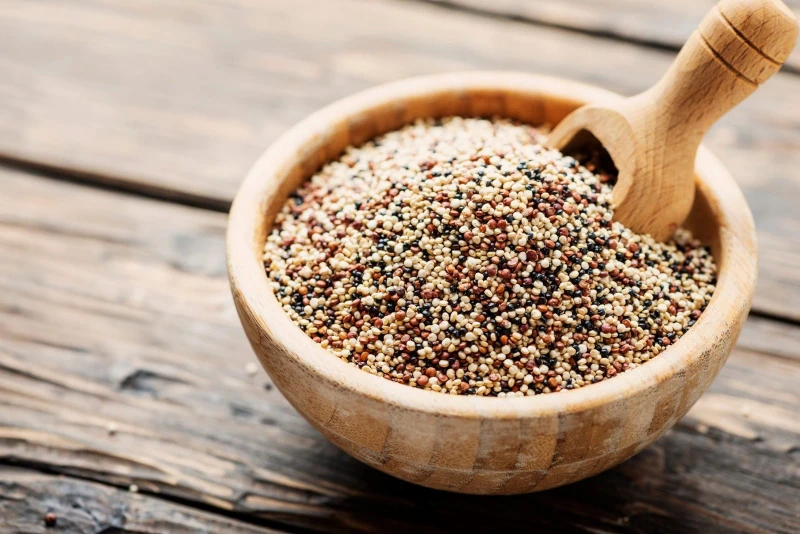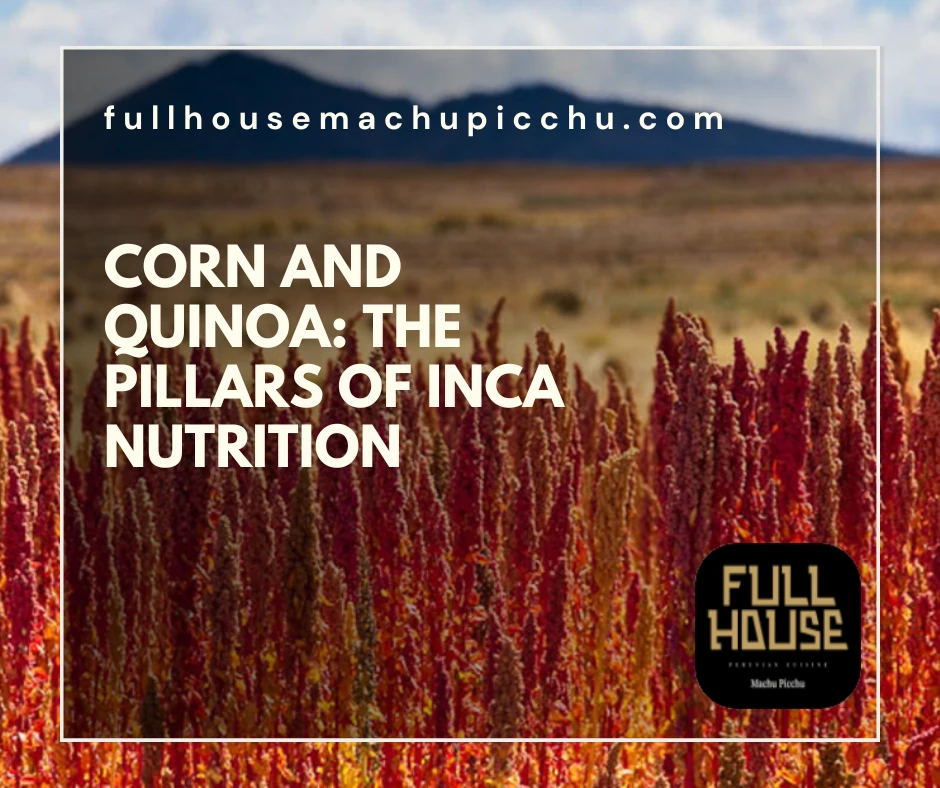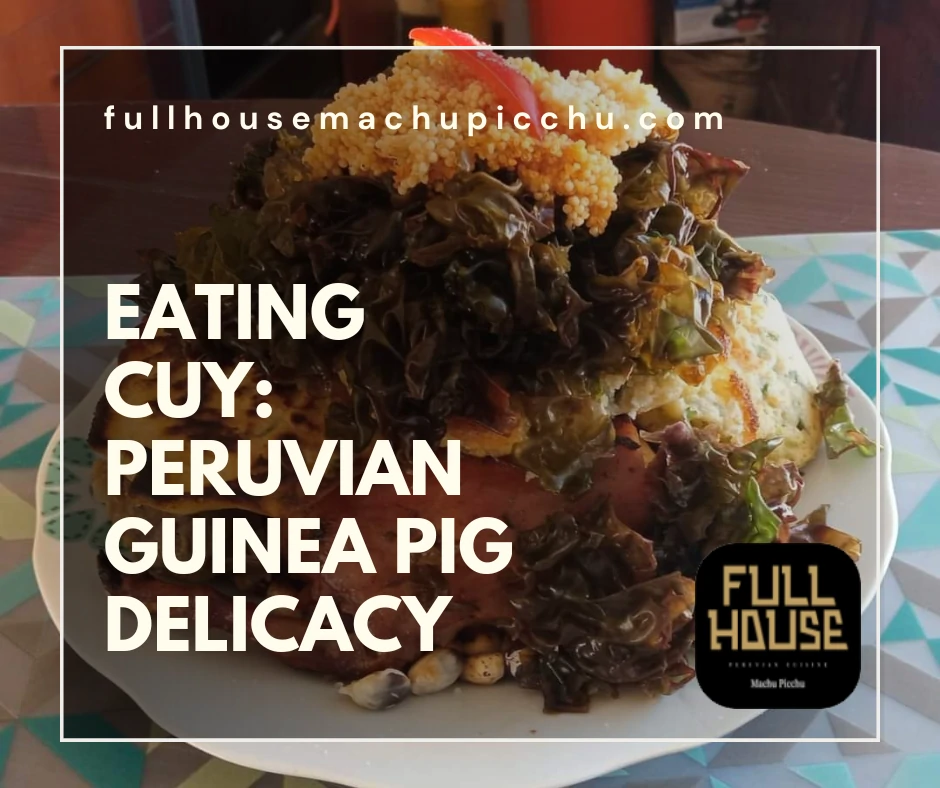The Inca Empire, once a sprawling force in South America, thrived in harsh Andean terrains. Inca nutrition was built on two remarkable staples: corn and quinoa. These grains weren’t just sustenance; they symbolized life and played vital roles in religious ceremonies.
Corn, cultivated in the sun-drenched valleys, became a sign of power and prosperity. Quinoa, with its rich nutritional profile, fortified warriors and common folk alike. Together, they formed the backbone of Inca culinary and cultural traditions.
Golden Grains: The Centrality of Corn in Inca Daily Life
In the vast expanse of the Andes, corn stands as a testament to Inca nutrition and innovation. This golden grain, central to the Inca diet, reveals their deep understanding of agriculture. Every kernel, brimming with nutrition, offers a glimpse into their daily life.
Corn wasn’t merely food; it represented sustenance and spiritual connection. Inca farmers cultivated it with care, ensuring a bountiful harvest. This crop then graced Inca tables in various forms. Whether ground, boiled, or fermented, corn’s versatility showcased the genius behind Inca nutrition.
Alpaca meat and corn often paired together in hearty meals. The lean protein from alpacas complemented corn’s richness. This combination, deeply rooted in Inca nutrition, offered a balanced, nutritious meal. Dishes featuring corn and alpaca highlighted the empire’s culinary prowess.
Moreover, the Incas ventured beyond traditional pairings. They introduced Andean trout into their diet, which paired exquisitely with corn. This fusion exemplified their adaptability and understanding of regional ingredients. Andean trout, fresh from mountain streams, added a unique flavor dimension, enhancing Inca nutrition.
Corn also found its way into religious and social events. Its significance transcended the dining table. During ceremonies, the Incas offered corn to the gods, showcasing its spiritual and nutritional value.
Today, particularly corn’s centrality, remains evident. Contemporary chefs integrate these ancient grains into modern dishes. They capture the essence of a bygone era, while celebrating the timelessness of Inca nutrition.

High-Altitude Superfood: Quinoa’s Role in Andean Sustenance
Nestled high in the Andes, quinoa thrives in harsh conditions. This resilient grain, integral to Inca nutrition, embodies the spirit of Andean survival. Its rich nutritional profile fortified ancient communities against the challenging altitude.
Quinoa, often dubbed the “gold of the Andes,” played a crucial role in Inca nutrition. Its high protein content, combined with essential amino acids, provided energy and strength. The Incas revered it, not just as food, but as a life-giving force.
The versatility of quinoa remains unparalleled. From soups to stews, this grain enhanced various dishes. Healthy recipes, passed down generations, highlight the creative ways Incas integrated quinoa. These age-old recipes fuse taste with Inca nutrition principles.
Pairing quinoa with Peruvian potatoes made for a hearty, nutritious meal. This combination, rooted in Inca nutrition, delivered a balanced dose of proteins and carbs. While quinoa offered sustenance, Peruvian potatoes brought a burst of flavors, embodying the Andes’ rich biodiversity.
Modern health enthusiasts champion quinoa for its benefits. The world now recognizes what the Incas always knew about Inca nutrition. Quinoa isn’t just food; it’s a high-altitude superfood. A testament to the Incas’ profound understanding of their environment.
Today, quinoa stands as a bridge between past and present. It carries tales of ancient Andean civilizations, while nourishing contemporary palates. To experience the depth of Inca nutrition is to appreciate this grain’s rich legacy.
For those keen on a deeper dive, embrace the traditions and flavors firsthand. Consider a journey with the 2 Day Inca Trail hike or Machu Picchu Inca Trail Hike. Let the mountains narrate tales of Inca nutrition, resilience, and innovation.

From Sacred Rituals to Everyday Meals: The Dual Importance of Corn and Quinoa
Corn and quinoa held pivotal places in the Inca civilization. Both grains served dual purposes. They nourished bodies and played roles in sacred rituals.
Quinoa, a versatile grain, permeated Inca daily life. It provided essential amino acids vital for Inca nutrition. Beyond its nutritional significance, quinoa also held spiritual value. Priests often offered it to the gods during ceremonies, symbolizing the Andes’ abundance.
Similarly, corn held a distinct place in Inca nutrition. Its golden kernels represented the sun’s rays. Consumed daily, it offered energy and sustenance. Yet, it wasn’t just an everyday food. In Pachamanca, a traditional cooking method, corn played a starring role. Buried with hot stones, meats, and potatoes, corn transformed meals into festive gatherings.
Yet, the importance of these grains didn’t overshadow other nutritional components. Maca, a root native to the Andes, complemented the staples. Known for its adaptogenic qualities, it bolstered Inca nutrition, especially at high altitudes.
The duality of corn and quinoa underscores their roles in Inca life. They bridged the mundane and the divine. Both grains served as a reminder of the Andes’ generosity. Through them, the Incas connected with their land and ancestors.
Today, corn and quinoa continue to resonate. They epitomize the essence of Inca nutrition. For those eager to experience this culinary legacy, delve deeper into the Andean plate. Embrace the flavors, stories, and traditions that have stood the test of time. In doing so, one truly appreciates the brilliance of Inca nutrition.




